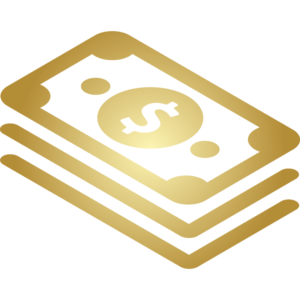
Currency
The Namibian Dollar is the official currency and is fixed to and equals the South African Rand. These currencies can be used freely in Namibia, but the Namibian Dollar is not legal tender in South Africa. It’s best to travel with multiple payment options. ATM’s are widely available throughout the country for cash withdrawals. In addition, there are four main commercial banks in Namibia (Standard Bank, FNB, Nedbank and Bank Windhoek). These banks have foreign currency exchange facilities.
Currency Exchange
Traveller’s cheques are no longer widely accepted and cannot readily be cashed, even at the banks that issued them. The alternatives to traveller’s cheques are generally cheaper and more flexible. Travel money cards, for instance, provide features similar to travellers’ cheques but offer greater ease and flexibility.
Credit / Debit Card
American Express, Diners Club, MasterCard and Visa are accepted. Check with your credit or debit card company for details of merchant acceptability and other services, which may be available. Please note, service stations do not accept credit for petrol. Plan accordingly.
Currency Restrictions
The import and export of local currency are limited to NAD 50,000. The import of foreign currency by visitors is unlimited, provided it is declared upon arrival. Export of foreign currency is unlimited up to the amount imported and declared as long as the departure is within 12 months. No limits exist for travel between Botswana, Lesotho, Namibia, South Africa and Swaziland as these countries are members of the same common monetary area.
Banking Hours
Mon-Fri 09:00-15:30, Sat 09:00-11:00.
Tax and Customs
General Sales Tax (GST) in Namibia is 15% on goods and services. Bonafide tourists to Namibia are exempt from paying sales duty or excise duty on luxury items. Visitors may reclaim VAT at Hosea Kutako International Airport, Eros Airport and Walvis Bay Airport. If you intend to claim the VAT back from your purchases, make sure you arrive a bit earlier at the airport as this takes some time to complete.
Electrical Appliances
All appliances run on 220/240 volts. Outlets are of the round 3 pin / 15 amp type. Ensure you bring an adapter to charge your electronic equipment.
Time
Namibia is in the Central Africa Time Zone at GMT/UTC+2 hours, congruous with South African Standard Time. As a result, Namibia no longer makes use of daylight savings since August 2017.
